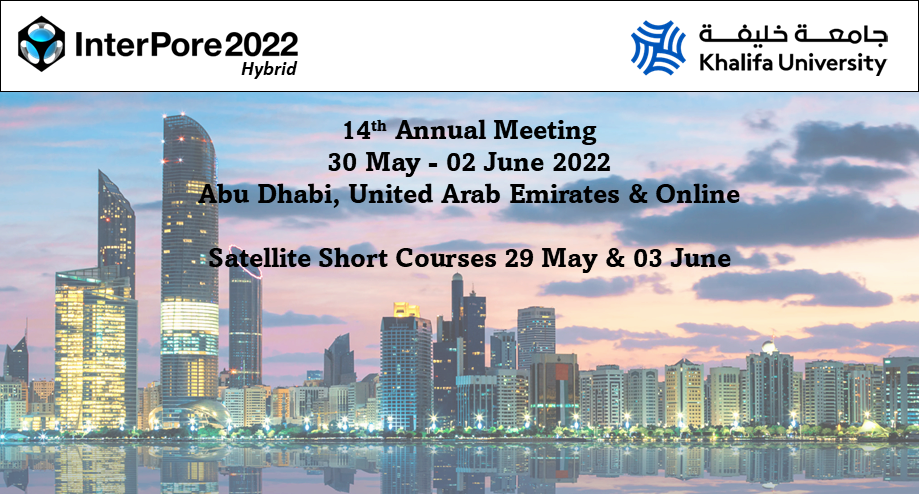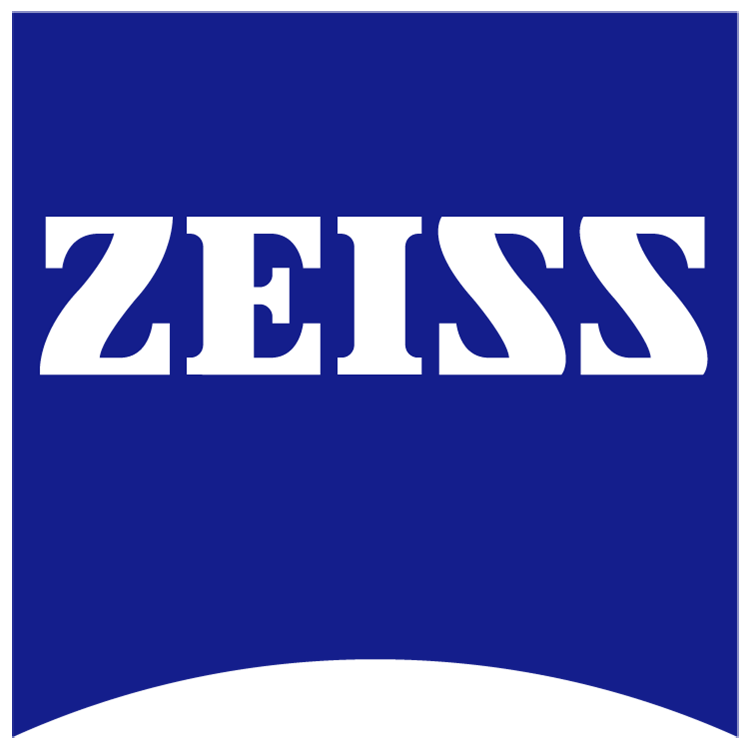Speaker
Description
Reactive transport modeling is a powerful numerical tool to assess the spatiotemporal evolution of chemical reactions occurring in porous media across different scales (pore, core, and field scales). The geostatistical information required to initialize the petrophysical fields for core-scale reactive transport modeling is often missing and thus need to be assumed. The objective of this work is to acquire geostatistical information for Indiana limestones cores. This is done using digital rock physics, as follows; First, the whole-core porosity and permeability of 8 Indiana limestone cores (cm-scale) were measured in the laboratory. The cores were then scanned using micro-Computed Tomography (μCT). From the resulting 3D reconstructions (shown in figure 1), a Representative Elementary Volume (REV) analysis was performed to determine the minimum representative grid cell size within the core. Then, the 3D reconstructions were divided into gird cells of REV size. On each of the discretized grid cells, pore scale 3D calculations were performed at the micrometer scale to compute the rock petrophysical properties which are relevant to reactive transport modeling, namely, porosity, permeability, and reactive surface area (shown in figure 2). The frequency distributions of each property, as well as the porosity-permeability and the porosity-reactive surface area relationships, were plotted and approximated with empirical relationships. Also, the petrophysical properties spatial correlation model is found, and the correlation lengths are calculated. The results obtained aim at reducing the uncertainties associated with petrophysical initialization of core-scale reactive transport simulations of carbonate rocks in general, and Indiana limestones in particular. This work also highlights the application of Digital Rock Physics as a promising tool to bridge the gap between pore-scale and continuum-scale simulations.
| Participation | Unsure |
|---|---|
| Country | Switzerland |
| MDPI Energies Student Poster Award | Yes, I would like to submit this presentation into the student poster award. |
| Time Block Preference | Time Block B (14:00-17:00 CET) |
| Acceptance of the Terms & Conditions | Click here to agree |









